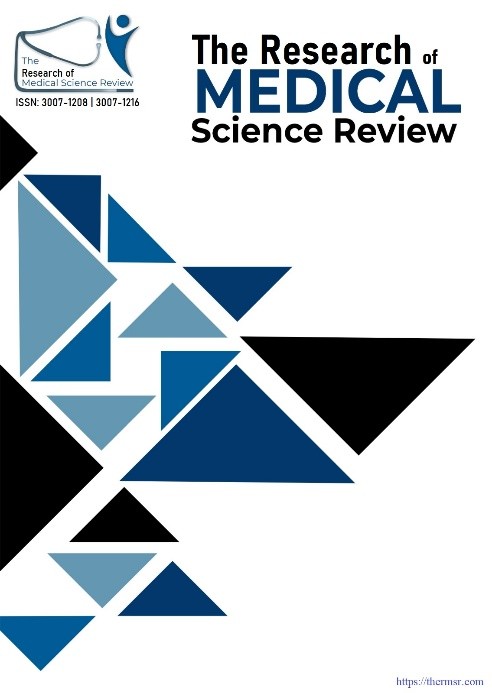MOLECULAR DIAGNOSIS AND EPIDEMIOLOGICAL STUDY OF THEILERIOSIS IN BOVINES FROM BAJAUR DISTRICT, KHYBER PAKHTUNKHWA, PAKISTAN
Main Article Content
Abstract
Theileria species infect a broad range of domestic and wild animals and are primarily transmitted through various species of ticks. This study aimed to perform molecular identification of Theileria spp. and assess associated risk factors in cattle and buffaloes from the Bajaur district of Khyber Pakhtunkhwa, Pakistan. A structured questionnaire was administered to livestock owners to collect information on potential risk factors, including animal gender, age, breed, rearing habitat, feeding practices, and water sources. Data were organized using Microsoft Excel for graphical representation, while sequence alignment and phylogenetic analyses were performed using BioEdit and MEGA X software. A total of 525 blood samples were collected, comprising 225 (43%) from cattle and 300 (57%) from buffaloes. Microscopic examination was followed by molecular confirmation targeting a 250 bp fragment of the 18S rRNA gene. Female animals exhibited a higher prevalence of Theileria infection in both cattle (126/150, 61%) and buffaloes (176/300, 57%) compared to males (cattle: 76/176, 43%; buffaloes: 96/246, 40%). Age-wise analysis revealed the highest prevalence among animals older than two years, with 28% (50/176) in cattle and 33% (80/246) in buffaloes. Breed-specific analysis showed the highest prevalence in Jersey-cross cattle (54/70, 77%) and Jersey buffaloes (45/60, 75%), whereas the Sahiwal breed exhibited the lowest infection rates in both cattle (25/61, 41%) and buffaloes (24/60, 40%). Environmental and management-related risk factors showed that animals reared in muddy habitats (cattle: 82%; buffaloes: 77%), with free grazing (cattle: 63%; buffaloes: 65%), and utilizing pond water (cattle: 63%; buffaloes: 77%) were more frequently infected. BLAST analysis of the amplified 18S rRNA gene sequences revealed 100% identity with Theileria annulata. Phylogenetic analysis, incorporating sequences retrieved from the NCBI database, showed that the local T. annulata isolates clustered closely with sequences reported from China. This study confirms a high prevalence of T. annulata in both cattle and buffaloes in the Bajaur district, with infection rates varying by breed, age, and environmental exposure. Molecular characterization of this pathogenic species will aid in developing effective control and prevention strategies against theileriosis in the region.
Downloads
Article Details
Section

This work is licensed under a Creative Commons Attribution-NonCommercial-NoDerivatives 4.0 International License.
